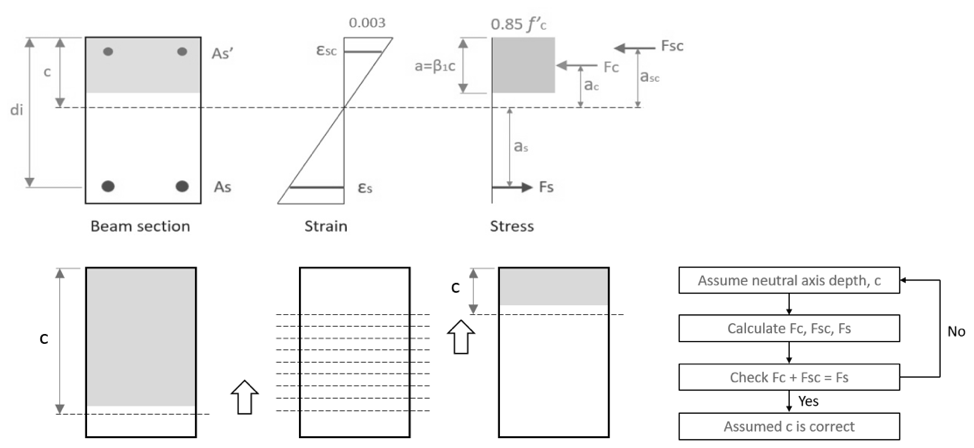
( 1), factors which influence the concrete column section temperature distribution mainly including cross-sectional dimension and the number of cracks. The numerical model is in the form of computer program and the analysis is carried out by thermal analysis steps. This paper is aimed at studying the response of cracked reinforced concrete column at high temperature.Ī numerical model, initially developed for tracing the fire behavior of conventional concrete column, is extended to simulate the temperature field distribution of the reinforced concrete column.

Most of the previous studies involved conducted standard fire test or simplified numerical approach on the reinforced concrete column to check the adequacy of column to satisfy fire resistance ratings. The literature reviews above indicate that there was limited information about the bearing capacity of reinforced concrete column. Yaozhuang Li, Guanglin Yuan and Yuzhuo Wang also has obtained the simplified method for calculating the load bearing capacity of four-side fire reinforced concrete column respectively. Juan Su put forward a simplified calculation method of bearing capacity based on the eccentric load and lateral deflections of column. Haisheng Xu has calculated the temperature field by programming and got the bearing capacity of four-side fire reinforced concrete column. The load capacity of column section with a certain temperature field was presented by finite element method and the effects of different parameters are analyzed. The temperature field of reinforced concrete column with rectangular cross section was calculated by finite difference method. Some of notable studies relating to fire performance of concrete column are reviewed here. There are limited studies in the literature on ultimate bearing capacity of reinforced concrete column at high temperature.


Therefore, it is necessary to study the reinforced concrete column with cracks at high temperature. The bearing capacity of reinforced concrete structure can not be affected by the micro-cracks at room temperature, while it could be affected at high temperature. For the high compressive strength and low tensile strength of concrete, and for the reasons of concrete curing, aging deterioration and temperature change, the appearance of micro-crack on the surface of reinforced concrete structure is a common phenomenon.


 0 kommentar(er)
0 kommentar(er)
